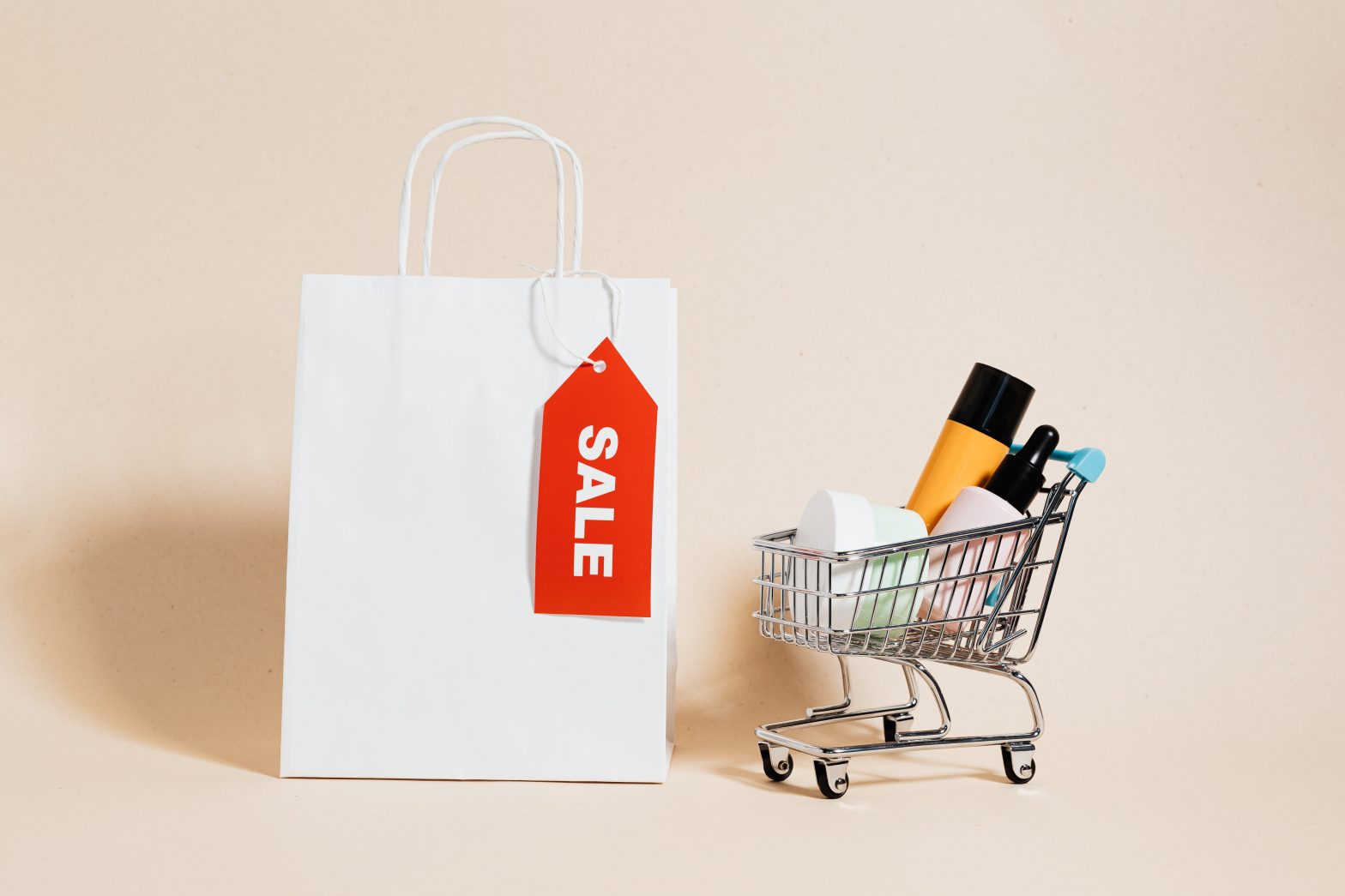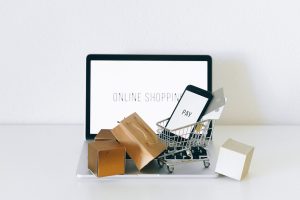- #Development
Why Wholesale Brands Need to Move to a Direct-to-Consumer eCommerce Model?
August 10, 2022 - by CrawlApps Technologies

August 10, 2022 - by CrawlApps Technologies


Today, Shopify is launching a replacement set of features built specifically for B2B merchants, directly into our platform, and with access to all or any of Shopify’s most powerful customization features like store themes, discounts, and Functions—and it’s all included with Shopify Plus.
You’ll be ready to use the identical simple, intuitive experience to line up and manage your B2B and DTC stores. Anyone on your team can use it—no coding experience is required. To not mention, developers and agencies are going to be ready to reach even more merchants with updated B2B-specific apps and workflows—all leveraged with the ability and ease of Shopify.
Company Profile:- Companies represent B2B customers with an organization profile that features assigned contact permissions, payment terms, tariffs, catalogs, and tax exemptions. Multiple contacts and locations are assigned to a corporation profile.
Price Lists:- Set customer-specific tariffs or percentage-off prices for all products and variants, and assign price lists to a corporation profile. B2B merchants also are able to sell in multiple currencies within one store, increasing your global reach. you can assign price lists to specific companies and locations—without the necessity for tags or third-party apps.
Payment Terms:- Automate the manual process of assigning payment terms to orders or draft orders within the admin. Assign payment terms on the corporate profile and track, sort, and collect payment for orders as they become due.
B2B Checkout:- They can view their assigned payment terms, payment methods, and wholesale discounts at the time of purchase. B2B Checkout ensures your customers have the knowledge they have to put in an order confidently.
Customer Accounts:- Customers authenticate themselves as B2B customers by using their email addresses to realize access to wholesale information. After they need to be authenticated, customers can manage their account, select the corporate location they’re buying on behalf of, edit buyer information, and think about and filter their order history.
Powerful Customization:- B2B on Shopify integrates the foremost essential wholesale features into the core of Shopify—without the requirement for apps or coding. Plug into the complete power of Shopify’s customized buying experience with store themes, net payment terms, discounts, and a streamlined checkout experience.
B2B Analytics:- The new B2B filters are available on all reports under the subsequent sections: Sales, Orders, gross margin, Customers, and Finance. B2B filtered reports include the identical functionality as traditional reports: you can create, save and export custom reports within the edit columns section.
B2B on Shopify shares the identical simple, out-of-the-box setup and management as Shopify’s market-leading DTC offering.
Simpler integrations, more efficiency:- Global ERP providers like NetSuite, Acumatica, and Brightpearl make running your business along with your preferred tools friction-free. you can connect with your ERP through Shopify APIs or third-party connectors to automatically integrate your essential business data, like customers, products, pricing, and inventory.
The role of traditional retailers is changing fast within the age of online shopping.
Customers are buying more and more items online, and they’re more frequently going straight to the source: an example, visiting Chanel’s website to research their makeup options versus walking into or visiting the web property for Neiman Marcus or other shops.
Leveraging a direct-to-consumer model can help businesses better control their profitability by controlling the complete process, from manufacturing to shipping and delivery. Many DTCs also offer more competitive pricing because their margins are higher.
But it’s not only for already-well known brands. In fact, many legacy brands are still clamoring to stay up with the innovation and movement among digitally native vertical brands (DNVBs).
“In DTC retailing, technology has forever lowered the barrier to entry,” writes Lawrence Ingrassia, author of Billion Dollar Brand Club. “Entrepreneurs do not need retail shelf space, or an enormous ad budget, or their own factory to require on corporate giants.”
The downside of implementing a DTC business model is that the manufacturer must take on all aspects associated with retail. The upside, however, may be a marked increase in customer loyalty and retention rates further as an increased number of options for brand new customers who are trying to find something different than what they’ve been accustomed to — which traditionally was found only at brick-and-mortar stores.

The easiest way to describe the differences is to explain the merchandise distribution process.
In the typical retail model, manufacturers sell their products to wholesalers to distribute to retail stores. They work with those retailers to urge the proper amount of product within the right places, and also the customer gets the standard brick-and-mortar shopping experience.
The direct-to-consumer model skips the wholesaler and also the retailer to attach the manufacturer to the customer. This deepens manufacturers’ feedback circuit and, if done well, creates direct relationships along with your products’ biggest advocates.
A DTC business model’s arguably greatest feature also has some bugs, though. Whether or not you’re selling DTC, every step of that typical retail model still usually should happen — but without the assistance of a wholesaler or a retailer.
In 2019, direct-to-consumer eCommerce sales reached $14.28 billion within the U.S. eMarketer estimated that number would reach $17.75 billion in 2020 and $21.15 billion in 2021.
The advantage of moving in front of your customers online is real, and growth doesn’t show any signs of slowing. But there are several more specific advantages you must have at home additionally.

When you sell your products wholesale to a retailer, you have limited feedback on how that retailer’s customers are buying your products. Selling DTC implies that you bring that data into your line of sight.
A couple of examples:
Data is power, and also the more you recognize your customers, the more accurately you’ll be ready to map the customer journey, develop new products to satisfy consumer demand, and follow trends relevant to your shoppers.
Selling on to your consumer, you’ll have more control over the customer experience because you’re to blame for the entire buyer journey. Taking all the insights from your customer data, you can build a shopping experience that appeals to your ideal customer profile. Do they require you to shop on Instagram? Do they like one-click checkouts?
You’ll even have more flexibility to be more targeted together with your marketing strategy. Where do they discover products like yours? Plus, it’s easier for purchasers to succeed after they need help. an excellent customer support experience will be the difference between creating an advocate or a detractor for your customers.
More direct customer feedback may also facilitate your improvement of the customer experience, allowing you to retort more quickly to trends, changes in shopper demand, or shifting consumer behavior.
When a brand doesn’t have a direct-to-consumer presence, the retail middleman acts almost sort of a veil between the manufacturer and also the customer. With DTC, you can create direct relationships together with your customers.
For one thing, you’ll have the chance to gather shoppers’ email addresses and phone numbers and market them (including SMS marketing). You can also leverage social media channels to make brand awareness and community, and encourage user-generated content and word of mouth.
https://www.bigcommerce.com/articles/direct-to-consumer/
https://www.shopify.com/enterprise/b2b-on-shopify